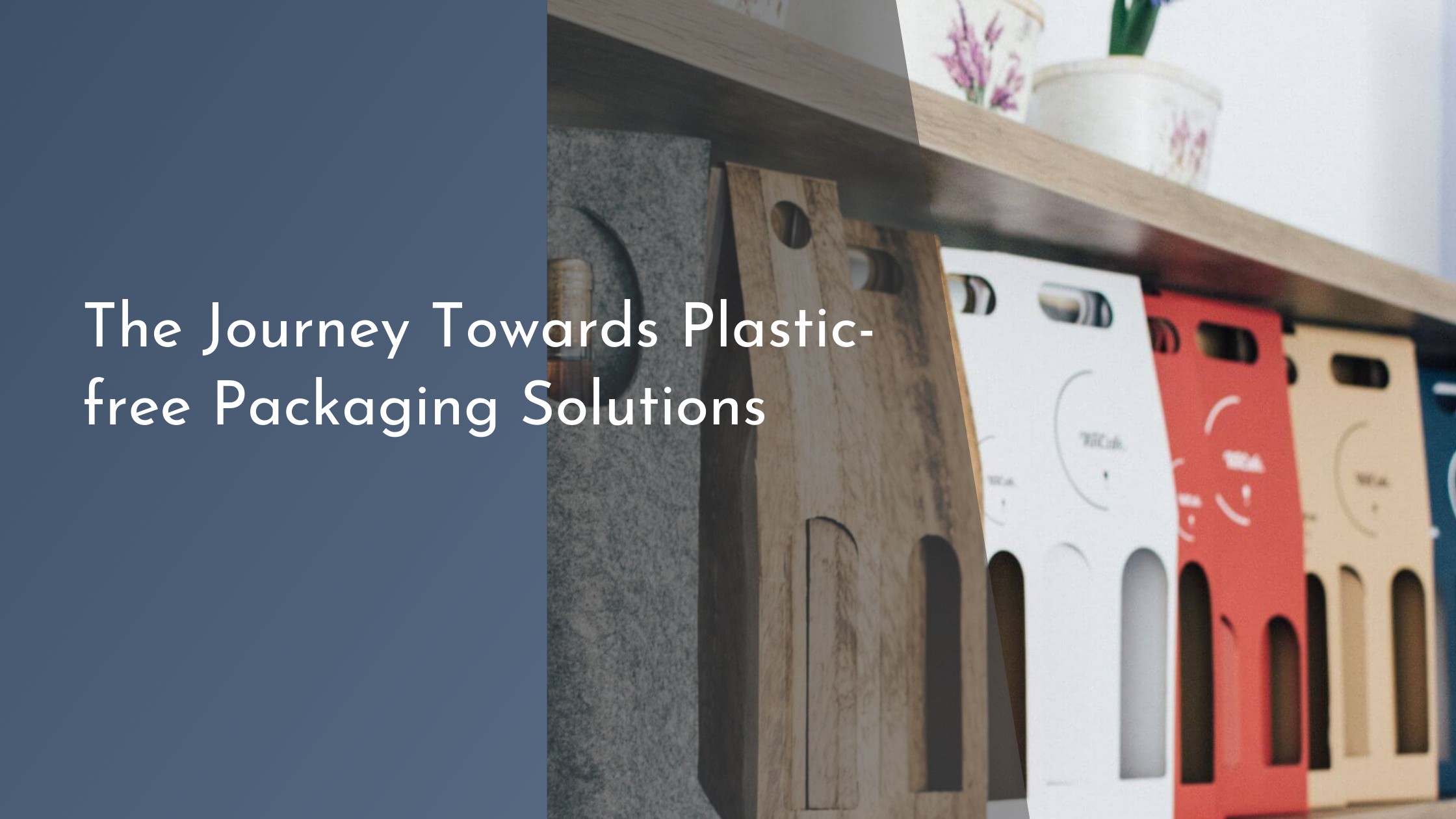The Journey Towards Plastic-free Packaging Solutions
In recent years, the urgent call to curb plastic pollution has prompted industries across the globe to rethink their reliance on plastic packaging. As our environmental awareness grows, so does the demand for sustainable alternatives that can offer the same level of protection and convenience. This article explores the multifaceted journey towards achieving plastic-free packaging solutions, highlighting the impact of plastic, innovative alternatives, the challenges in making the transition, and the successes that pave the way for a greener future.
Understanding the Impact of Plastic Packaging
Plastic packaging, once hailed as a revolutionary innovation for its versatility and durability, has become a pervasive environmental issue. Its impact is far-reaching, with an estimated 300 million tons of plastic produced annually, much of which ends up in our oceans and landfills. The durability that makes plastic so appealing for packaging also means it persists in the environment for hundreds of years, breaking down into microplastics that infiltrate ecosystems and food chains. This persistent pollution harms wildlife and ecosystems and poses potential health risks to humans.
Furthermore, the production and disposal of plastic packaging contribute significantly to greenhouse gas emissions, exacerbating climate change. The process of manufacturing plastic from fossil fuels releases a substantial amount of carbon dioxide, while the incineration of plastic waste emits toxic chemicals. This dual impact underscores the urgent need to find alternative packaging solutions that are not only effective but also environmentally sustainable.
Innovative Alternatives: Materials and Methods
The quest for plastic-free packaging has given rise to a host of innovative alternatives, each offering unique benefits. Biodegradable materials such as corn starch, bagasse, and mushroom-based packaging are gaining popularity for their ability to decompose naturally, reducing waste accumulation. These materials harness the power of nature, providing a sustainable solution that aligns with the circular economy model by returning to the earth without harming it.
In addition to materials, innovative methods like reusable packaging systems are being implemented by companies worldwide. These systems encourage consumers to return packaging, which can be cleaned and reused, dramatically reducing the need for single-use plastics. This approach not only minimizes waste but also fosters a culture of sustainability, where consumers are more mindful of their purchasing and disposal habits.
Challenges in Transitioning to Eco-Friendly Solutions
Despite the promising alternatives available, transitioning to eco-friendly packaging solutions poses significant challenges. One of the primary obstacles is the cost involved in adopting new materials and technologies. Biodegradable and compostable materials often require more resources to produce, making them more expensive than traditional plastics. For many businesses, especially small enterprises, these costs can be prohibitive, slowing the adoption of sustainable practices.
Another challenge is the need for infrastructure to support new packaging methods, such as composting facilities for biodegradable materials and systems for collecting and reusing packaging. Without the necessary infrastructure, these sustainable solutions may fail to deliver their environmental benefits. Furthermore, there is a need for consumer education and awareness to drive demand for eco-friendly packaging and encourage responsible disposal practices.
Celebrating Success: Embracing a Greener Future
Despite the challenges, success stories abound, showcasing the potential of plastic-free packaging solutions to transform industries. Many companies have made significant strides by incorporating sustainable practices into their operations. For instance, global brands are committing to ambitious targets of reducing plastic usage and increasing the share of recyclable or biodegradable packaging in their portfolios. These efforts not only help reduce the environmental impact but also enhance brand reputation and consumer loyalty.
As we continue to embrace a greener future, collaboration between governments, businesses, and consumers is crucial. Policies that incentivize sustainable practices, coupled with consumer demand for eco-friendly products, can drive innovation and make plastic-free packaging the norm rather than the exception. By celebrating these successes and learning from them, we pave the way for a sustainable future where packaging contributes to environmental well-being rather than detracts from it.
The journey towards plastic-free packaging solutions is a testament to human ingenuity and our ability to adapt in the face of environmental challenges. While the road ahead is fraught with obstacles, the progress made thus far offers hope and inspiration. By continuing to innovate, collaborate, and educate, we can achieve a future where packaging not only meets our needs but also sustains the planet for generations to come.

